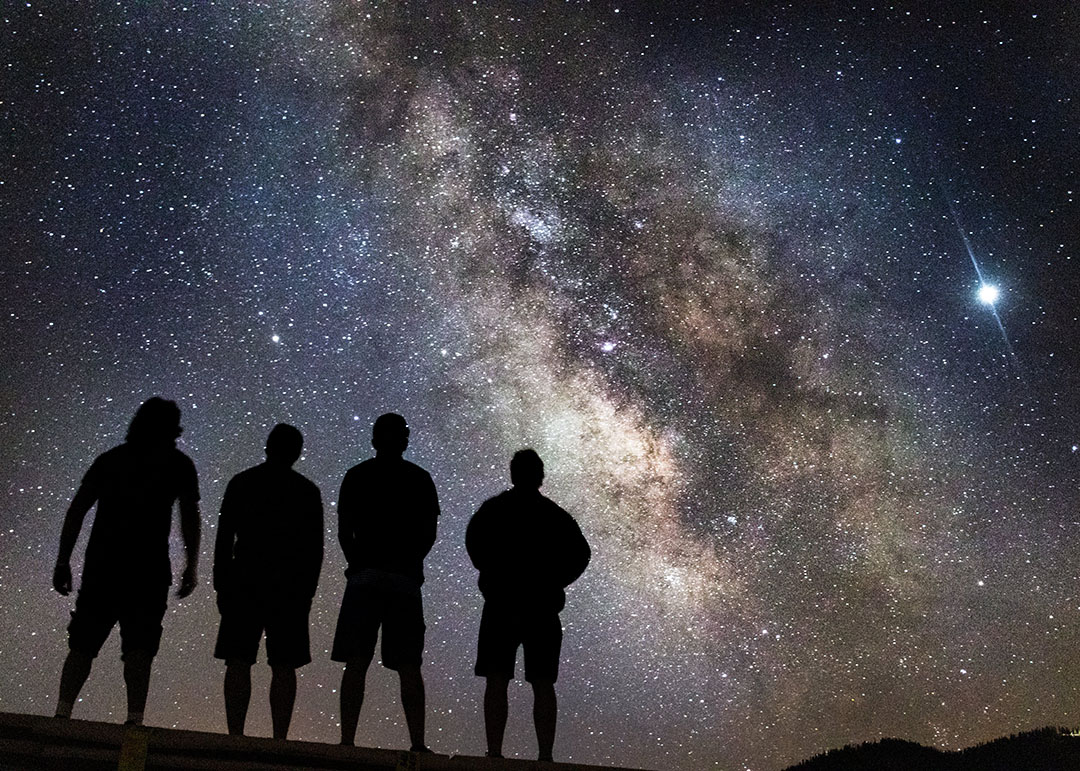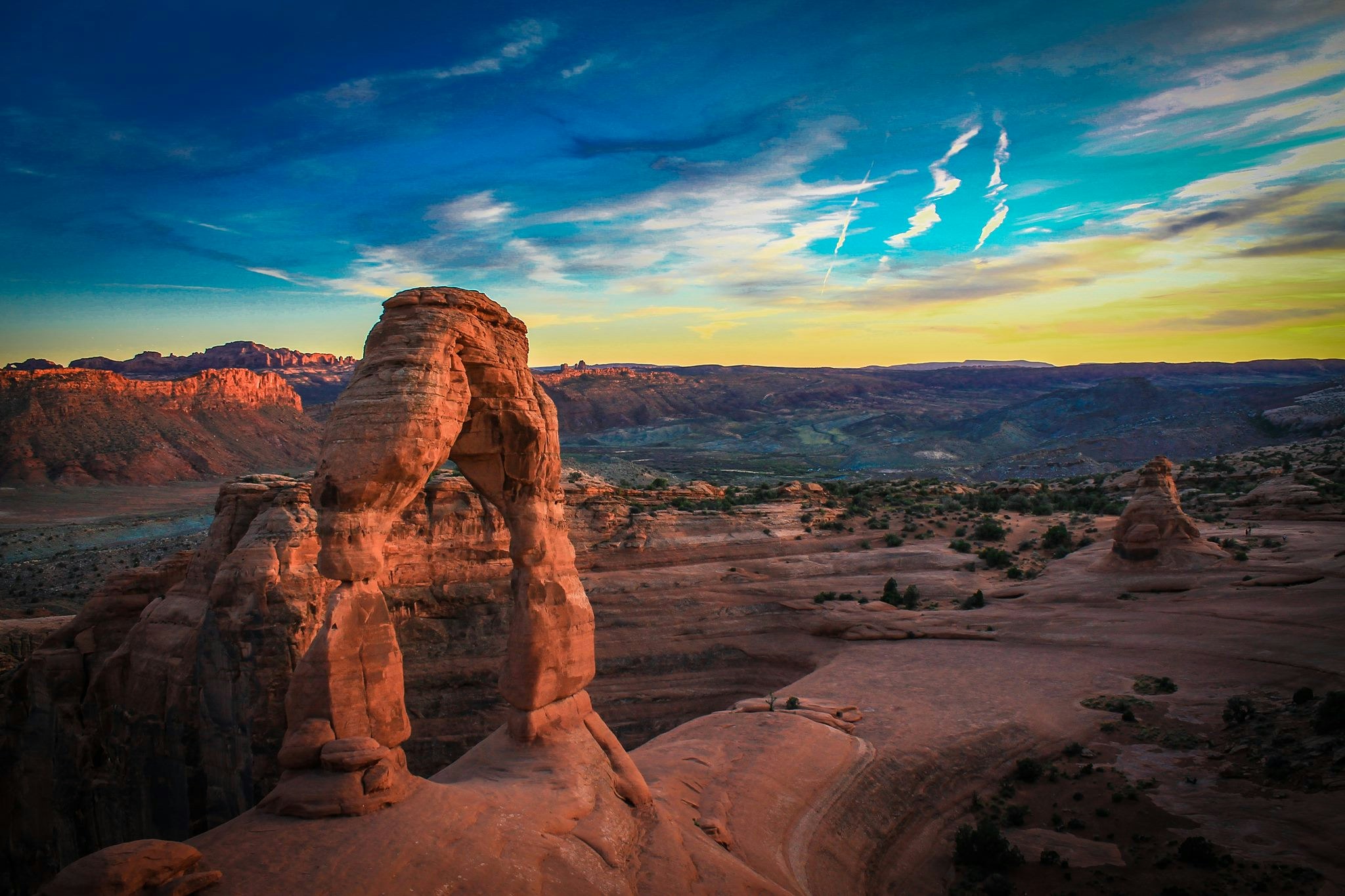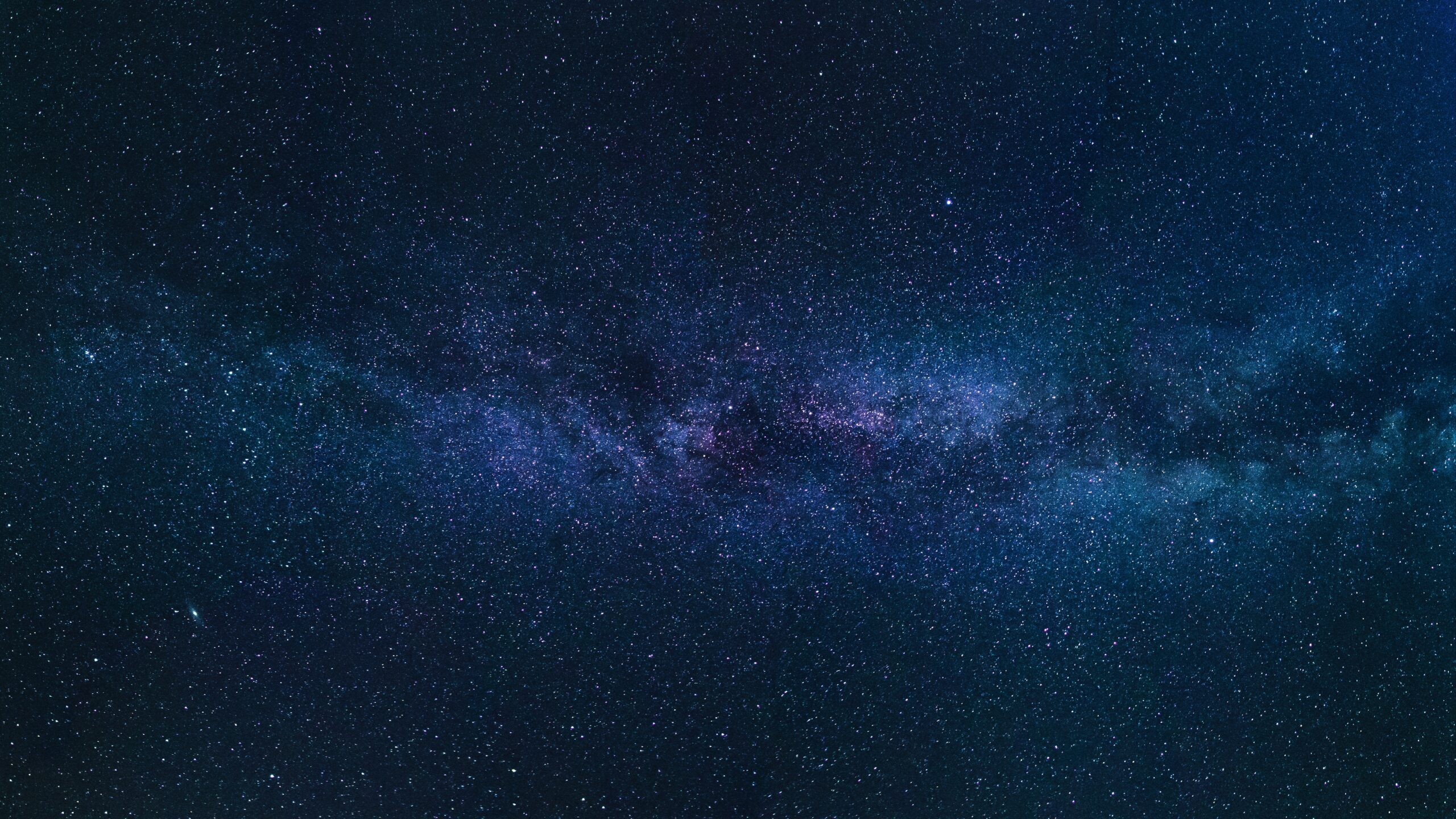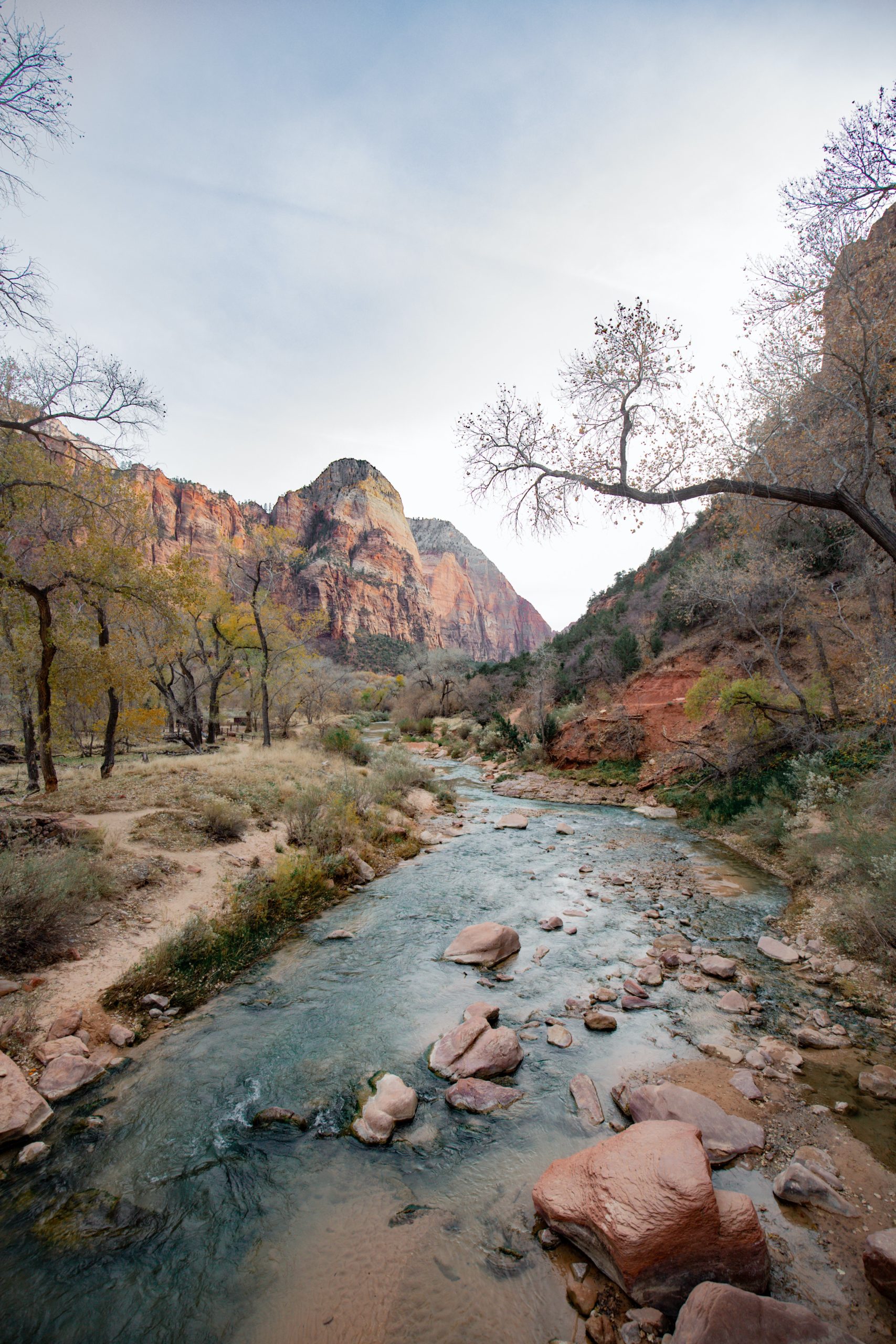The Best Places To See the Milky Way
To answer the question “Where can you see the Milky Way in Zion National Park?” let’s explore the best trails for glimpsing the Milky Way. Hike the iconic Angel’s Landing, where the Milky Way arches majestically over the stunning red rock cliffs. Adventure into the Virgin River Narrows, where the dark canyon walls create a perfect backdrop for stargazing. Embark into the lesser-known Observation Point trail for a secluded retreat, surrounded by the park’s natural wonders. Zion National Park offers a myriad of specific trails, each providing a unique perspective on the Milky Way. Let the enchanting night sky above Zion’s trails be your guide to a stellar adventure.
Light Pollution Affects Natural Parks
National parks stand as sanctuaries of natural darkness, providing a rare escape from the pervasive glow of urban landscapes. Nestled far from the reaches of city lights, these protected areas offer a haven for stargazers and astronomers alike. The minimal light pollution in national parks allows the night sky to unfurl its full splendor, revealing a celestial tapestry of stars, planets, and the Milky Way. The pristine darkness enhances the immersive experience, allowing visitors to witness meteor showers, constellations, and celestial wonders with unparalleled clarity. As the ambient glow fades, the true brilliance of the cosmos takes center stage, fostering a deep connection between humanity and the vastness of the universe within the serene embrace of these natural preserves.
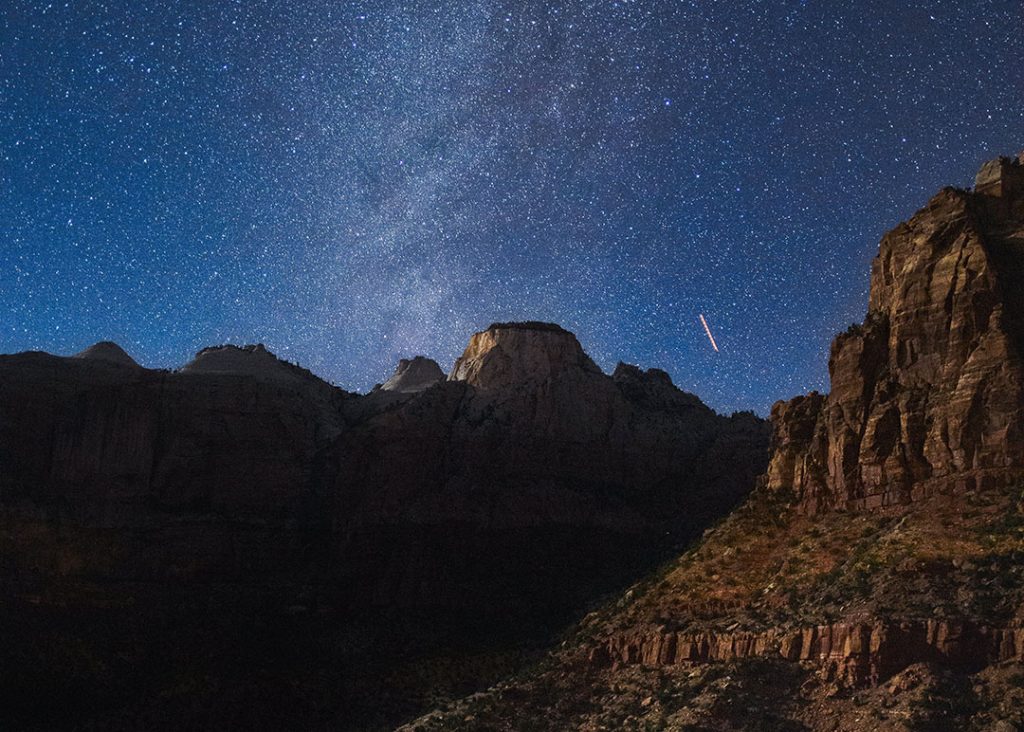
Why are National Parks Ideal for Viewing the Milky Way?
In the heart of a national park, you find yourself enveloped in an unparalleled sanctuary for stargazing, where the cosmic spectacle of the Milky Way takes center stage. These protected areas boast minimal light pollution, offering you a pristine canvas for celestial observation. Far from the glaring city lights, national parks provide a natural haven where the night sky flourishes in its unadulterated brilliance. The expansive landscapes and elevation often found in these parks enhance visibility, allowing you to witness the intricate details of our galaxy with unmatched clarity.
As you gaze upward in awe, the serenity and seclusion of the national park environment create an intimate connection between you and the celestial wonders overhead, making it an ideal haven for those seeking to immerse themselves in the vast beauty of the Milky Way.
Why Is Now a Good Time to See the Milky Way?
The best time to see the Milky Way in Zion National Park is typically during the summer months when the sky is darkest. Specifically, from April to September, the park experiences reduced light pollution and clearer skies, providing optimal conditions for stargazing. Keep in mind that the Milky Way is most visible when the moon is in its crescent phase or absent from the night sky. Planning your visit during these months, coupled with moon phase considerations, will enhance your chances of enjoying the stunning spectacle of the Milky Way in Zion National Park.
Now is the perfect moment for you to witness the Milky Way’s celestial spectacle. The current season brings clear skies and crisp air, offering optimal conditions for stargazing. With the moon in a favorable phase, its gentle glow won’t diminish the brilliance of the Milky Way’s majesty. Take advantage of this opportune time to escape the hustle and bustle, immersing yourself in the tranquility of the night. Whether you find yourself in a remote national park or a secluded spot away from city lights, the cosmic wonders of the Milky Way await, inviting you to gaze upon the awe-inspiring beauty of the universe above. Seize the moment, as the present holds the key to an unparalleled celestial experience.
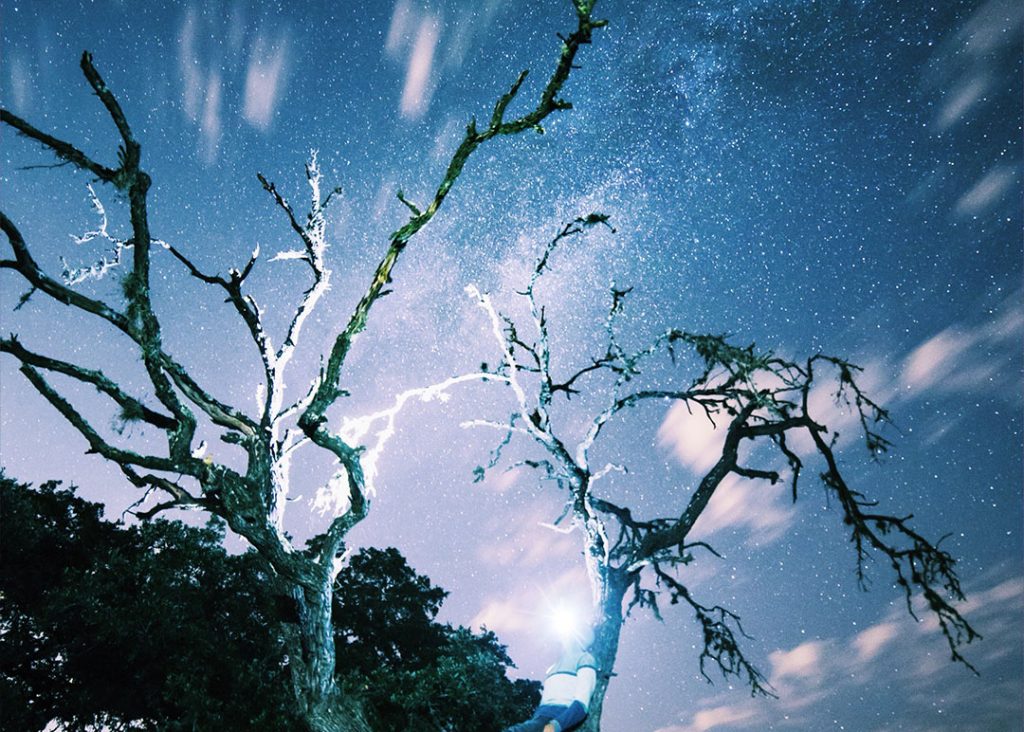
What is an International Dark Sky Park?
An International Dark Sky Park is an area designated for its exceptional starry nights and commitment to preserving natural darkness. These areas are recognized by the International Dark-Sky Association (IDA), committed to combating light pollution and promoting responsible lighting. To achieve Dark Sky Park status, an area must meet strict criteria for sky quality, light pollution reduction, and education. These parks, often in remote or protected areas like national parks, minimize artificial light for optimal stargazing, research, and nocturnal preservation.
Zion proudly holds the title of an International Dark Sky Park, dedicated to preserving the pristine night sky. As night falls, immerse yourself in a sea of stars, free from artificial light glare. The park’s commitment to reducing light pollution guarantees a breathtaking celestial display, revealing the Milky Way and countless constellations in unfiltered splendor. Whether an avid stargazer or seeking tranquility, Zion beckons you to explore its dark sky sanctuary and connect with the cosmos.
Which US National Parks Provide the Best Views of the Milky Way?
Several U.S. national parks are renowned for offering spectacular views of the Milky Way due to their remote locations and dark skies. Some notable parks include:
- Zion National Park, Utah: Designated an International Dark Sky Park, Zion’s red rock landscapes offer a stunning contrast to the brilliance of the Milky Way.
- Grand Canyon National Park, Arizona: The Grand Canyon’s deep canyons and minimal light pollution make it an excellent location for stargazing.
- Bryce Canyon National Park, Utah: Known for unique hoodoos, Bryce Canyon’s high elevation and clear skies create an ideal setting for observing the Milky Way.
- Great Basin National Park, Nevada: Renowned for pristine night skies, Great Basin National Park, home to Wheeler Peak, offers exceptional stargazing opportunities for all.
- Death Valley National Park, California/Nevada: One of the darkest places in the U.S., Death Valley offers stunning views of the Milky Way against its vast desert.
- Joshua Tree National Park, California: With its otherworldly Joshua trees and rock formations, this park offers a surreal backdrop for observing the night sky.
- Capitol Reef National Park, Utah: Its remote location and minimal light pollution make Capitol Reef an excellent destination for stargazing and Milky Way photography.
When planning a stargazing visit, check for park events and programs, and consider the moon phase for optimal viewing conditions.
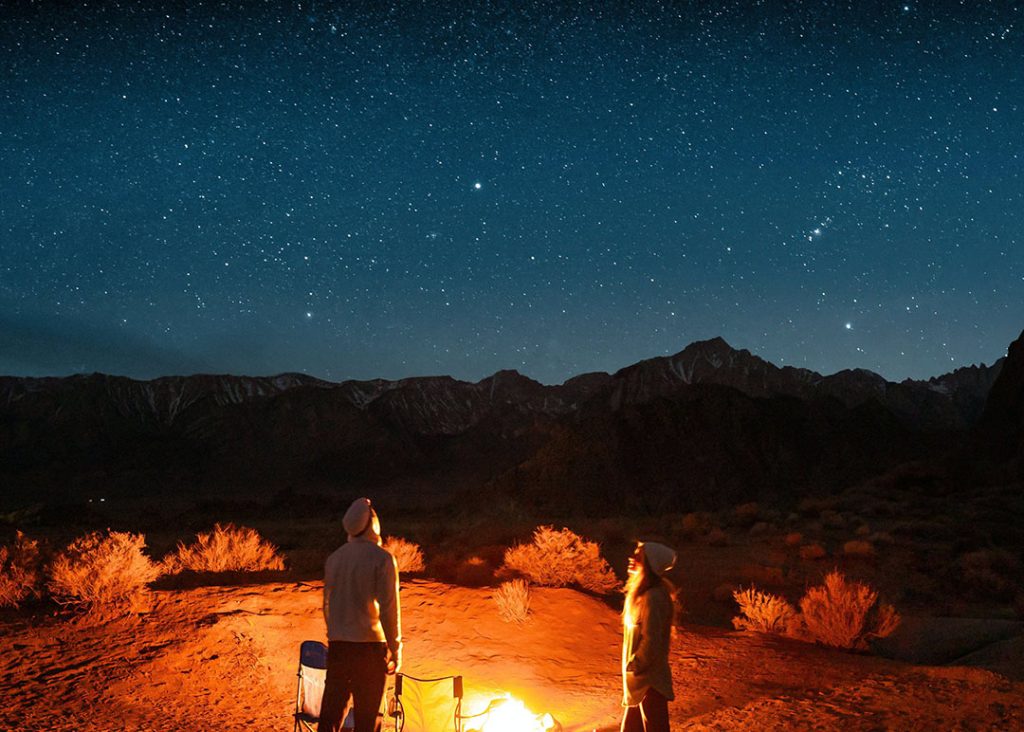
Viewing the Milky Way with Significant Others and Friends
Gather your significant other and friends for an unforgettable celestial experience under the vast expanse of the Milky Way. As you find a cozy spot in the great outdoors, away from the city lights, the night sky transforms into a canvas of twinkling stars. Embark on a celestial journey, let the road guide you, and create memories under the pristine night sky that last. Laughter and whispers fill the air as you marvel at the cosmic beauty above, creating lasting memories of celestial wonders. Nestled under a desert sky or on a mountainside, the joy of stargazing with loved ones creates a cherished bond.
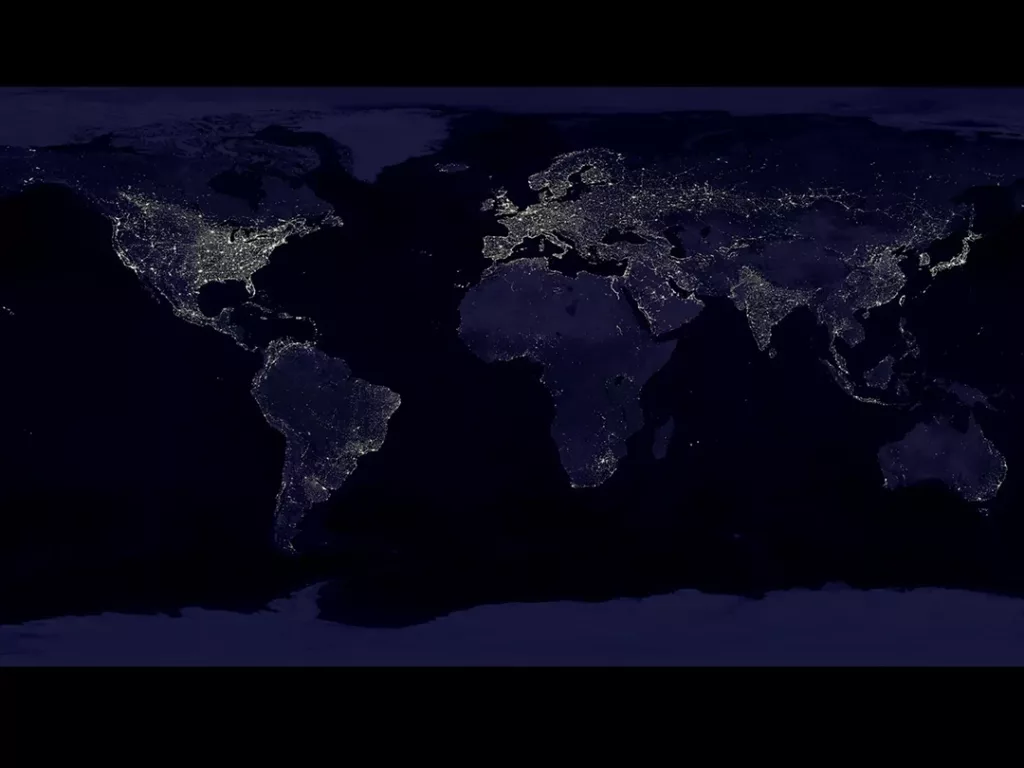
Light Pollution Map
This light pollution map serves as a guide, illustrating the impact of human-made illumination on the night sky. As you navigate through regions marked by intense light pollution, it becomes evident how city lights obscure the celestial wonders, dimming the brilliance of the Milky Way in truly dark skies. In contrast, areas designated as dark zones on the map emerge as sanctuaries where the night sky retains its pristine beauty. Therefore, the connection is clear: the higher the light pollution, the more challenging it becomes to witness the breathtaking tapestry of stars.
Tips for Taking Kids to View the Stars
Pack cozy blankets, snacks, and maybe a telescope or binoculars to enhance the experience for your kids. Before heading out, engage your kids in a brief astronomy lesson, pointing out major constellations or planets visible that night. Consider bringing along a stargazing app to help identify celestial objects. Make the outing interactive by encouraging questions and sharing fascinating space facts. To keep your young ones comfortable, dress them warmly, and bring insect repellent if needed. Opt for a night with a clear sky and minimal moonlight for the best views.
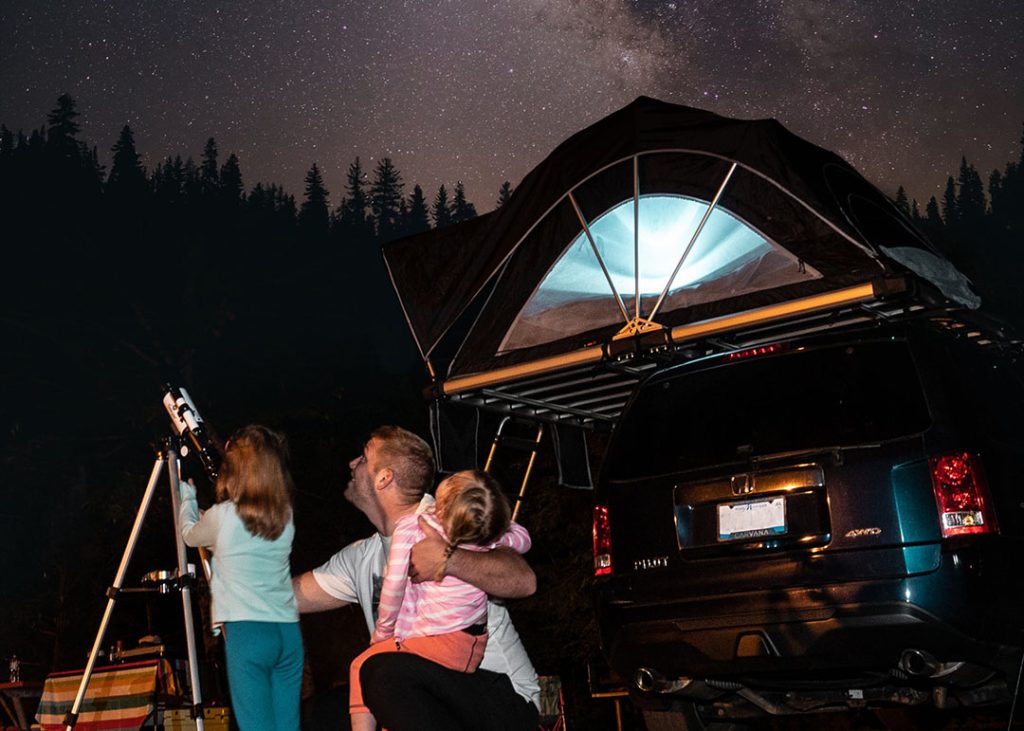
Hit the Road and See the Stars
As you contemplate your vacation plans, envision the enchantment that awaits under the velvety night sky at Zion River Resort. Embrace the call of the open road and the allure of stargazing in the heart of nature. From the comfort of your home-on-wheels or a cozy cabin, the resort invites you to unwind and immerse yourself in the celestial wonders above. Zion National Park as your playground and Zion River Resort as your base, stars promise nights filled with awe and tranquility. Embark on a celestial journey, let the road guide you, and create lasting memories under the pristine night sky. So, pack your sense of wonder, hit the road, and let Zion River Resort be your gateway to a celestial escape.

